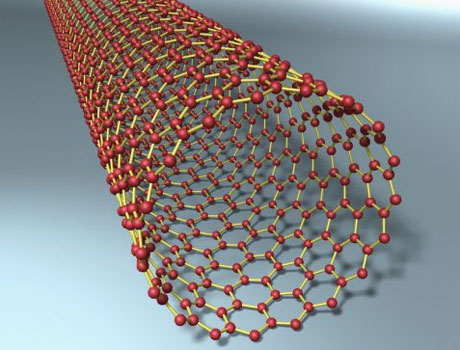 The electron density of states on a grain boundary of defects. The arrows (pointing in the reader's direction) indicate the direction of the magnetic moments. (Credit: Kees Flipse, Eindhoven University of Technology)
The electron density of states on a grain boundary of defects. The arrows (pointing in the reader's direction) indicate the direction of the magnetic moments. (Credit: Kees Flipse, Eindhoven University of Technology)From Science Daily:
Science Daily (Oct. 5, 2009) — Researchers of Eindhoven University of Technology and the Radboud University Nijmegen in The Netherlands show for the first time why ordinary graphite is a permanent magnet at room temperature. The results are promising for new applications in nanotechnology, such as sensors and detectors. In particular graphite could be a promising candidate for a biosensor material. The results will appear online on 4 October in Nature Physics.
Read more ....

















